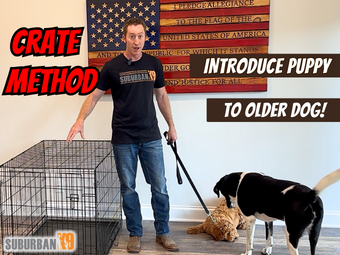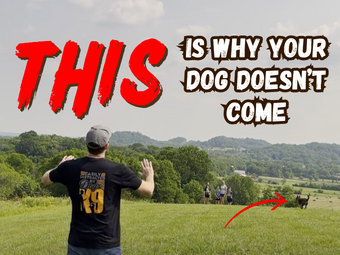When someone adopts a dog there are generally questions about the dog’s history. Where did they come from? What life experiences have they had? How did they end up here? Rescue groups will do the best they can to provide details, but often the adopter will be told some version of “the dog came from a high kill shelter in the south”. There simply isn’t any additional information to give. This leaves many adopters unsure about their dog’s history.
Once the dog is in its new home, adopters sometimes notice behavioral issues. The new adopter naturally wants to determine why these behaviors are occurring. This happens most often when a dog is showing aggressive or fearful behaviors, but can occur in other situations as well. Below is a brief account of one of our recent clients:
A young couple adopted a 6 month old border collie. The couple has no children of their own. About two weeks after adopting the dog they had their family over for a visit. Included in the group were some young nieces and nephews. The couple noticed that the dog would bark at their young nieces and nephews while playing in the yard. The dog also chased the kids from time to time. When the couple called us for training they indicated that they had recently rescued a dog that had been previously abused by children. After spending some time with the client we discovered that there was no knowledge of the dog being mistreated, just an assumption based upon current behavior.
This tendency to assume that a dog was mistreated in the past simply based on his current behavior is something we call “Adopted Dog Syndrome”. Sometimes the dog was mistreated in the past, but often it was not. In the story above we don’t know anything about the dog’s past, it may or may not have been picked on by children. It is important to keep an open mind in this type of situation because there are multiple reasons the dog may be acting this way: (1) He could have been mistreated by children, (2) he may not have been socialized properly and could be terrified of children due to a lack of exposure at a young age (3) he is a Border Collie and could just be showing his natural desire to herd things that move quickly around him. After spending some time with the family we determined that the dog did not dislike the children and was simply herding them. We created an action plan that involved lots of exercise and training along with ways to work with the dog around the kids. We are happy to report that they are now doing well together!
While we all have a desire to speculate about a rescued dog’s past, the most important thing to consider is the dog’s current behavior. Most rescue groups will do a temperament test before adopting a dog out in order to evaluate his behavior. Keep in mind that a recently rescued dog’s behavior may change during the first month in the home. Once the dog is inside the new owners’ home they will start to adjust and acclimate to the surroundings around them. Some dogs adjust to the new home extremely well and become model pups, others may start to show undesirable behaviors that the new owners aren’t thrilled about.



